In recent years, Pakistan has undergone a remarkable energy transformation, shifting toward solar power with unprecedented speed. What began as modest adoption under a 2015 incentive program has exploded into a mass movement, driven equally by economic necessity and technological opportunity. By 2026, solar power is expected to contribute approximately 20% of Pakistan’s total electricity needs, representing one of the most rapid clean energy transitions globally . This solar boom has fundamentally changed how households, businesses, and agricultural operations approach their energy needs, creating new possibilities for energy independence and economic savings.
The transition to solar in Pakistan is unique because it’s not primarily climate-driven or state-led, but rather a market-driven revolution fueled by a “perfect storm” of economic factors. On one hand, electricity tariffs have skyrocketed, increasing by 155% in just three years, rendering conventional grid power unaffordable for many. Simultaneously, global solar panel prices have plummeted by nearly 50% due to manufacturing overcapacity, particularly from China . These factors, combined with favorable government policies such as tax exemptions on solar imports until mid-2025, have created ideal conditions for solar adoption across every sector of society.
This article explores the most effective solar energy solutions available for Pakistani homes and businesses looking toward 2026, providing a comprehensive guide to navigating this rapidly evolving landscape. From basic residential systems to sophisticated commercial installations and emerging technologies like battery storage, we examine the options that can deliver maximum value, reliability, and return on investment in the Pakistani context.
Table of Contents
Understanding Pakistan’s Solar Landscape: Why Now?
Several interconnected factors make 2026 a pivotal moment for solar energy adoption in Pakistan. The economic calculus for going solar has become increasingly compelling, with rising grid electricity costs and falling renewable technology prices creating a powerful financial incentive. The removal of diesel subsidies has further accelerated this transition, particularly for agricultural and industrial users who previously relied on generators during frequent power outages .
Pakistan’s solar revolution is also notable for its decentralized nature. Unlike traditional energy infrastructure projects that require massive central planning and investment, solar adoption has been largely driven by individual households, businesses, and agricultural operations making independent decisions based on economic self-interest. This bottom-up approach has led to astonishing growth rates, with cumulative solar panel imports already surpassing Pakistan’s total installed power plant capacity by 2 gigawatts (GW) .
Another distinctive aspect of Pakistan’s solar boom is the emergence of a vibrant ecosystem of solar entrepreneurs, technicians, and financiers. A new wave of mostly self-taught solar experts has entered the market, leveraging informal merchandise networks and creating hyperlocal supply chains that extend into Pakistan’s interior regions. These technicians have often learned installation and maintenance through hands-on experience and knowledge sharing via digital platforms like YouTube and WhatsApp groups . This grassroots expertise development has not only built a domestic workforce but has also created exportable skills, with Pakistani solar technicians now finding opportunities abroad.
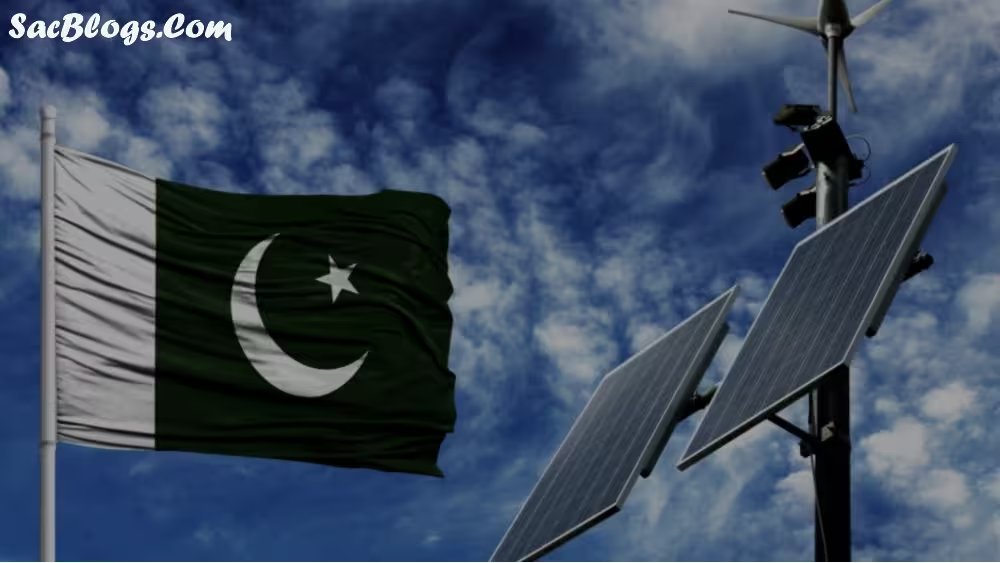
| Driver Category | Specific Factors | Impact |
|---|---|---|
| Economic | 155% increase in grid electricity tariffs over 3 years | Made solar power financially attractive |
| Technological | 50% reduction in global solar panel prices | Reduced upfront costs of solar systems |
| Policy | Duty and tax exemptions on solar imports until mid-2025 | Lowered barriers to adoption |
| Social | Knowledge sharing via local technicians and digital platforms | Increased accessibility and trust in solar technology |
Top 10 Solar Energy Solutions for 2026
Residential Solar Solutions
1. On-Grid Rooftop Systems with Net Metering
On-grid solar systems connected through net metering arrangements have become the foundation of Pakistan’s residential solar revolution. These systems allow homeowners to generate their own electricity during daylight hours while remaining connected to the national grid. When solar production exceeds consumption, excess power is fed back into the grid, earning credits that offset electricity drawn from the grid at night or during cloudy days . This arrangement effectively turns the electricity meter backward, providing significant bill savings and potentially reducing electricity costs to near zero for well-sized systems.
The financial appeal of net metering in Pakistan has been enhanced by regulatory frameworks that credit solar producers at rates that often exceed simple fuel savings . For households consuming large amounts of electricity—particularly those facing volume-based pricing where the last units used are priced at much higher rates—the economics of installing rooftop solar with net metering have become compelling. Between 2020 and 2024, the percentage of consumers benefiting from net-metering policies rose dramatically from 57% to 89% . As electricity tariffs continue to rise, these systems offer homeowners a hedge against future price increases while providing cleaner, more reliable power.
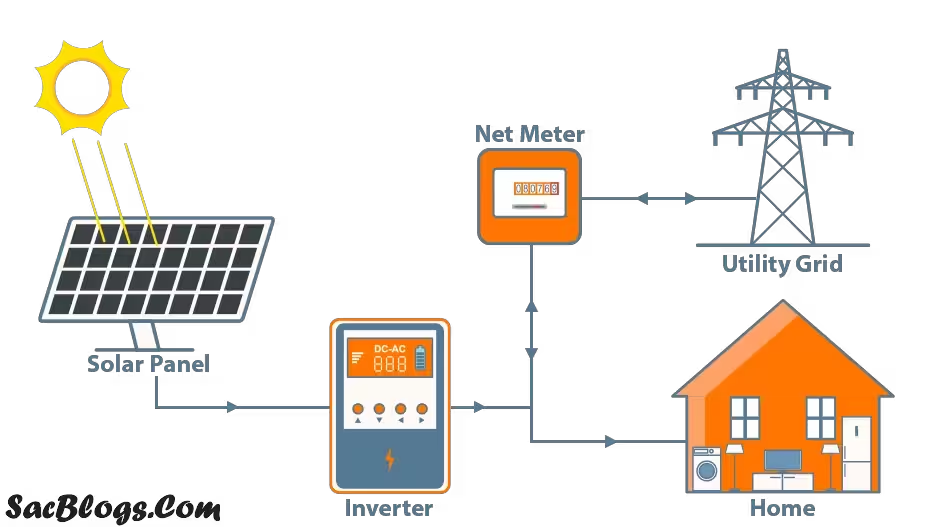
2. Hybrid Solar Systems with Battery Storage
For households seeking greater energy independence or located in areas with frequent grid outages, hybrid solar systems that incorporate battery storage represent the next evolution in residential solar technology. These systems combine solar panels with lithium-ion batteries that store excess energy generated during the day for use during evening hours or when the grid is down . While adding to the initial investment, battery storage provides uninterrupted power and maximizes self-consumption of solar energy.
The adoption of residential battery storage is accelerating rapidly in Pakistan, with imports of lithium-ion batteries growing significantly alongside solar PV imports. In 2024 alone, Pakistan imported an estimated 1.25 GWh of lithium-ion batteries alongside 17 GW of solar panels . The declining cost of battery technology has improved its economic viability, with home systems now offering payback periods of three to five years . For households that require reliable backup power or wish to minimize their dependence on the grid entirely, hybrid systems represent the most comprehensive solar solution available.
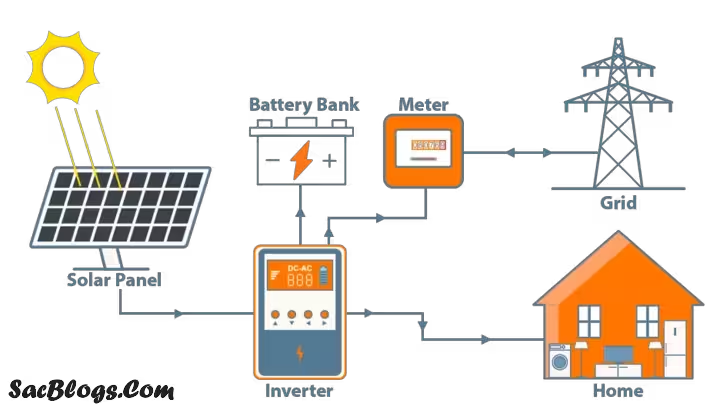
3. Small-Scale Off-Grid Systems
In Pakistan’s remote rural areas, where grid access remains limited, small-scale off-grid solar systems are transforming energy access. Approximately 85% of the rural population in some regions lacks connection to the national grid . For these communities, stand-alone solar home systems have become the most common off-grid electricity source, enabling households in poor and remote areas to access daytime electricity for basic needs like lighting, phone charging, and operating fans .
The estimated capacity of these stand-alone systems is between 1 GW and 1.7 GW, making them a significant though often overlooked component of Pakistan’s energy landscape . These systems typically consist of a single solar panel, a charge controller, and a battery, providing enough power for essential DC appliances. Their proliferation has been facilitated by community-based installation knowledge and increasingly accessible supply chains that extend into Pakistan’s interior regions. For rural households that may never be connected to the national grid, these small-scale systems represent a transformative leap in energy access and quality of life.
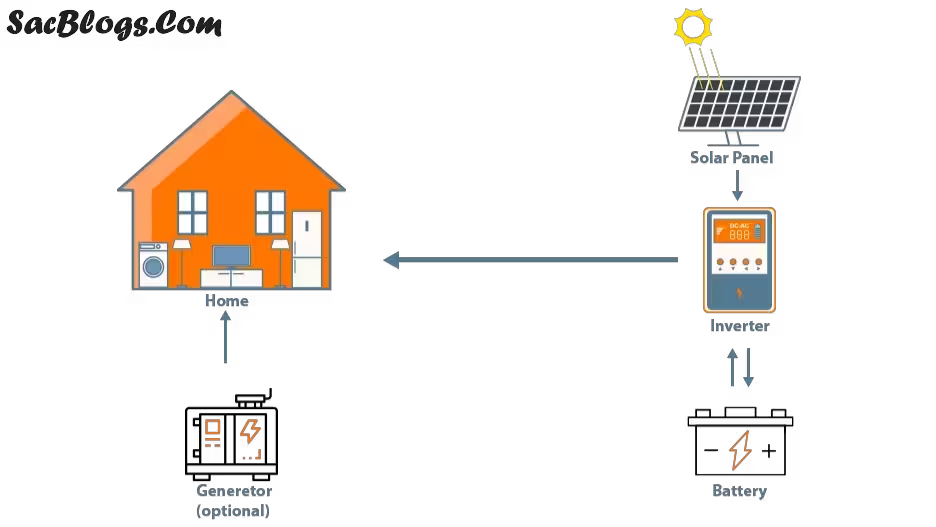
Commercial Solar Solutions
4. Commercial Rooftop Systems for SMEs
Small and medium enterprises (SMEs) across Pakistan are turning to commercial rooftop solar systems to reduce operating costs and enhance business continuity. For businesses facing frequent power outages and rising electricity tariffs, solar installations offer a way to stabilize energy expenses and maintain operations during grid disruptions. The commercial case for solar is particularly strong for businesses that operate primarily during daylight hours, such as retail establishments, small manufacturing units, and offices, allowing them to maximize direct consumption of solar energy.
The financial returns for commercial solar installations can be substantial, with systems typically paying for themselves in four to six years . Many businesses are able to reduce their electricity bills by up to 30% or more through strategically sized solar installations . Commercial establishments can also benefit from net metering arrangements, though the regulations and implementation may vary across different provinces and distribution companies. For SMEs looking to enhance their competitiveness while contributing to environmental sustainability, commercial rooftop solar represents one of the most impactful investments available.
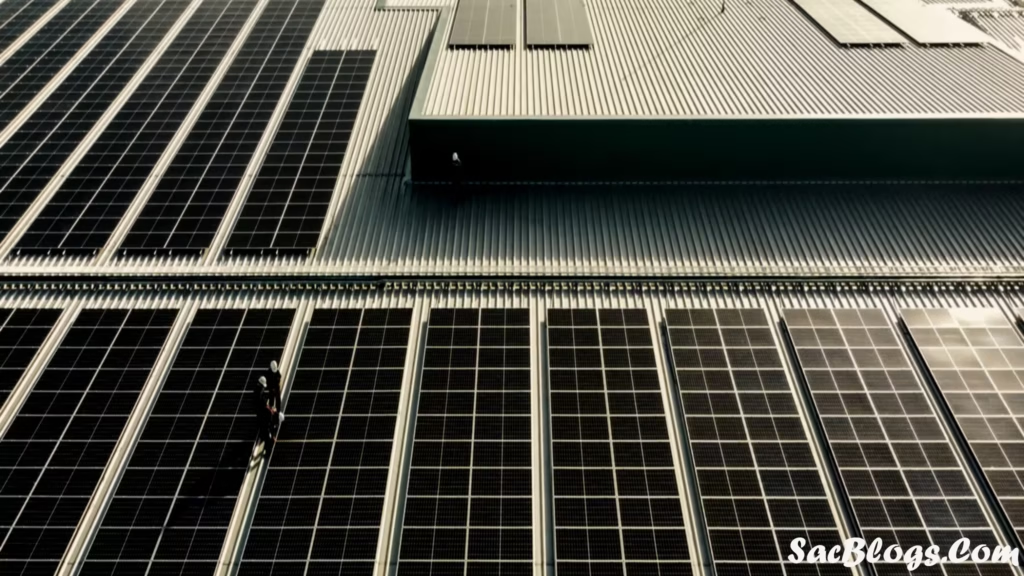
5. Industrial Solar Solutions with Load Management
For larger industrial consumers, comprehensive solar solutions integrated with smart load management systems offer the greatest value. These installations typically involve larger rooftop systems, ground-mounted solar arrays on available land, or solar carports that serve dual purposes. Industrial solar projects often incorporate sophisticated energy management systems that optimize the balance between solar generation, grid power, and sometimes backup generators to minimize overall energy costs.
Pakistan’s industrial sector has embraced solar energy to hedge against both tariff hikes and frequent electricity supply interruptions. Given that industry was already dependent on expensive backup diesel and gas generators, the removal of subsidies has improved the business case for solar adoption . The impact has been significant, with industrial electricity demand falling from 31,008 GWh in fiscal year 2023 to 27,830 GWh in fiscal year 2024 as more businesses turned to solar . For export-oriented industries, especially textiles, solar provides the dual benefit of lower costs and cleaner electricity that enhances global competitiveness.
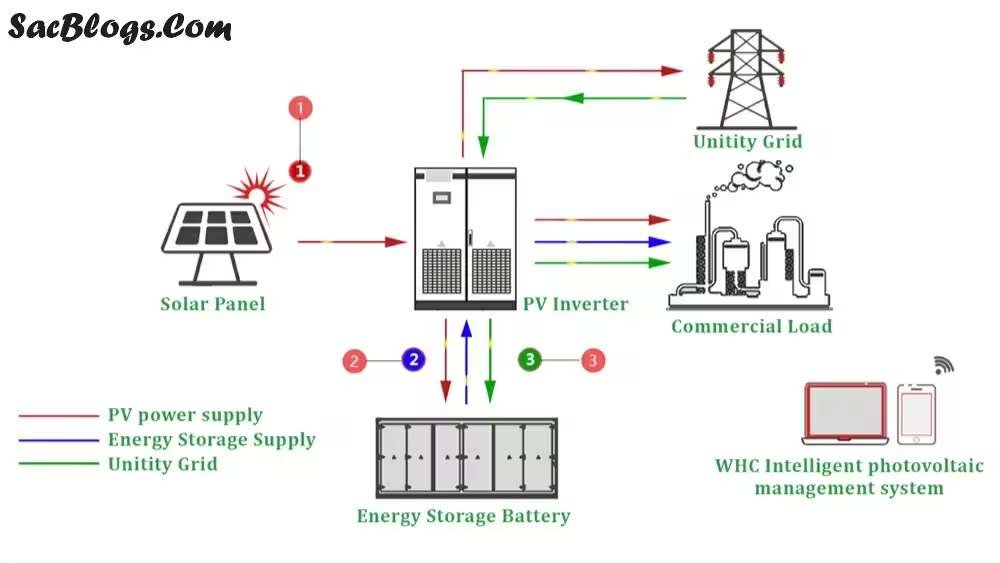
6. Solar-Powered Agricultural Solutions
Pakistan’s agricultural sector is undergoing a quiet revolution with the widespread adoption of solar-powered tube wells. Of the 1.5 million to 2 million tube wells nationwide that provide groundwater to crops, approximately 80% previously relied on imported diesel units unconnected to the grid . As diesel became more expensive with the removal of subsidies, solar pumps have become increasingly cost-effective. At the same time, the grid was becoming more unreliable, further motivating a shift to solar.
The scale of this transition is remarkable. Experts suggest that half of all tube wells will eventually switch to solar power, adding 5.6 GW to 7.5 GW of distributed PV capacity—equivalent to 1 million U.S. residential rooftop solar systems . This shift has not only restructured energy use in rural Pakistan but also reduced dependence on costly imported diesel. The Punjab government has initiated a grant program aimed at converting most of the province’s 1.2 million diesel-powered tubewells to solar, further accelerating this trend .

7. Solar for Educational and Healthcare Institutions
Schools, universities, and healthcare facilities are increasingly turning to solar energy to ensure uninterrupted operations and reduce operating costs. For educational institutions, solar power enables extended study hours, functioning fans during heat waves, and reliable power for digital learning tools—outcomes that directly address decades of infrastructural neglect due to the high costs of importing diesel fuel . In rural health clinics, solar systems are beginning to power refrigerators for vaccines and equipment for basic diagnostics, where unreliable electricity previously made sophisticated electronics unworkable.
These institutional solar projects often combine philanthropic support with economic benefits. For example, near Karachi’s Port Qasim, a solar and lithium battery combination powers laptops, fans, and lights at a struggling, two-room school run by the Teach the World Foundation . Similarly, the Nar Community School for Girls in remote Baltistan recently installed solar panels to keep the lights on in the school’s computer lab . For institutions that serve critical social functions, solar energy provides both economic savings and enhanced ability to fulfill their missions.

Emerging and Specialized Solutions
8. Advanced Energy Storage Systems
As Pakistan’s solar revolution matures, advanced energy storage is emerging as the next frontier. While basic solar systems provide power only during daylight hours, the integration of battery storage allows households and businesses to use solar energy around the clock. Storage systems provide multiple benefits: they enable solar power usage during evening peak demand periods, provide backup during grid outages, and help stabilize the broader electricity grid by managing intermittent generation.
The business case for storage is strengthening rapidly. According to IEEFA, even with taxes and customs duties adding 48% to battery import costs, home systems offer a payback period of three to five years, with commercial and industrial setups paying for themselves in four to six years . If current import trends continue, Pakistan could import 8.75 GWh of battery storage capacity through 2030—equivalent to 26% of Pakistan’s electricity demand . For early adopters who installed solar several years ago, adding storage now represents a logical next step to maximize the value of their existing investment.
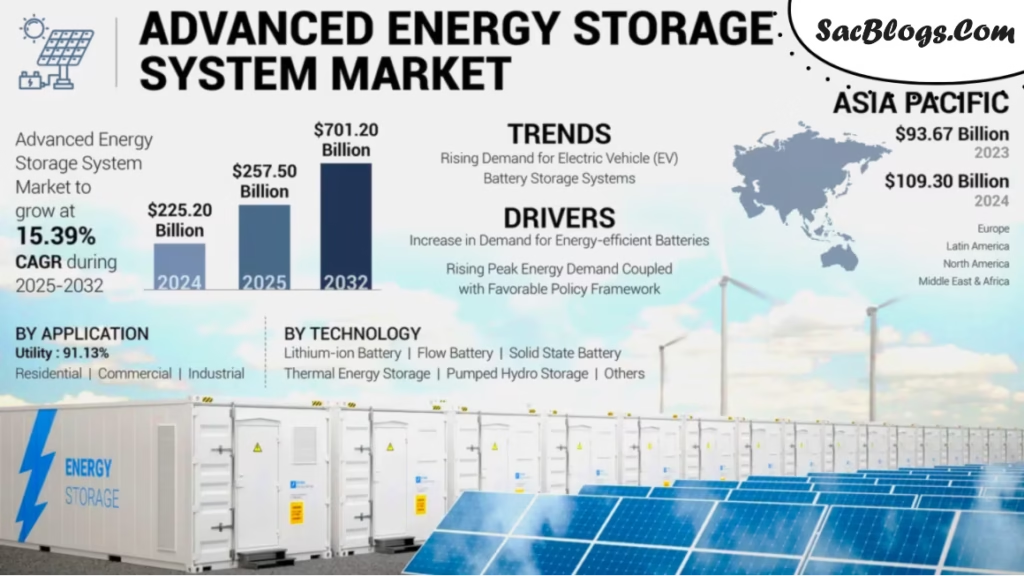
9. Smart Solar Management Systems
The future of solar energy in Pakistan lies not just in generating power but in managing it intelligently. Smart solar management systems use digital technology, cloud connectivity, and data analytics to optimize solar energy production, storage, and consumption. These systems allow users to monitor their solar generation and energy usage in real-time, remotely control their systems, and receive proactive maintenance alerts .
Companies like SkyElectric are already offering such solutions in Pakistan, featuring 24/7 cloud-connected support and Network Operations Centers that provide remote monitoring and maintenance of all systems . For commercial and industrial customers, these smart systems can integrate with enterprise resource planning (ERP) systems to provide comprehensive energy management aligned with business operations. As Pakistan’s solar market evolves from basic installations to sophisticated energy management, these smart solutions will become increasingly important for maximizing the value of solar investments.
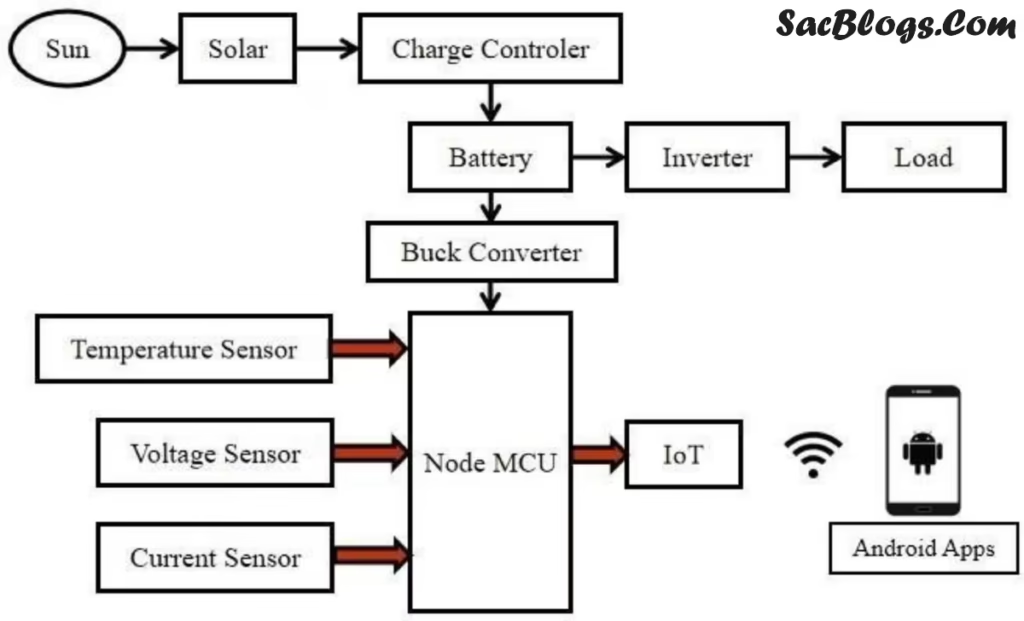
10. Community Solar and Microgrids
For neighborhoods, villages, and multi-tenant buildings, community solar projects and microgrids represent an innovative solution that pools resources and shares benefits. These systems allow multiple households or businesses to invest in a shared solar installation, making solar power accessible to those who may not have suitable rooftops or sufficient capital for individual systems. Community solar is particularly relevant in urban areas with high-density housing where many residents live in apartments without individual roof access.
While still emerging in Pakistan, community solar models have significant potential to expand access to clean energy across different segments of society. Civil society and non-governmental organizations have helped facilitate similar transitions by piloting school solarization or bundling small household systems with microfinance . These community-based approaches leverage social proof and collective action to accelerate adoption, particularly in areas where trust in formal institutions may be limited.

| Solution Type | Best For | Key Benefits | Considerations |
|---|---|---|---|
| On-Grid Rooftop | Homeowners with stable grid connection | Lower electricity bills, net metering credits | Dependent on grid reliability |
| Hybrid Systems | Areas with frequent outages, 24/7 power needs | Energy independence, backup power | Higher upfront cost, battery replacement |
| Commercial Rooftop | SMEs with daytime operations | Reduced operating costs, business continuity | Requires adequate rooftop space |
| Agricultural Solar | Farms with irrigation needs | Lower operating costs, energy independence | High initial investment |
| Smart Management | Tech-savvy users, large facilities | Optimization, remote monitoring | Higher complexity, internet dependency |
Implementation Guide: From Assessment to Operation
System Sizing and Assessment
Proper system sizing is the critical first step in any successful solar installation. For residential users, this begins with a detailed analysis of electricity bills to understand consumption patterns, particularly the tiered pricing structures where the last units consumed are often the most expensive . The ideal solar system size should target these high-cost consumption tiers to maximize financial returns. For commercial and agricultural users, energy assessment may involve analyzing operational schedules, seasonal variations, and specific high-consumption equipment.
Professional solar installers typically conduct a site assessment that evaluates several key factors: available roof or ground space, shading patterns throughout the day and across seasons, structural integrity of mounting surfaces, and grid connection feasibility. In Pakistan’s varying climatic conditions, from the intense sun of Sindh to the hailstorms that occasionally hit Islamabad , proper assessment must account for local environmental factors that could impact system performance and durability.
Financing and Incentives
The financial accessibility of solar installations in Pakistan has improved significantly with the emergence of specialized financing products. Several Pakistani banks, including Meezan Bank, now offer Shariah-compliant solar financing with tenures of up to five years . These financing programs typically require a minimum down payment of 15-30%, depending on the customer’s credit history and whether the system is on-grid or off-grid .
Eligibility criteria for these financing programs vary but generally include minimum income requirements (e.g., PKR 100,000 monthly salary for salaried individuals), tax compliance, and property ownership . For businesses, minimum monthly income requirements are typically higher (PKR 500,000), with at least five years of business tenure required . Prospective borrowers should be prepared to provide documentation including CNIC, electricity bills, income verification, and property ownership documents.
Installation and Maintenance Best Practices
Professional installation is crucial for both system performance and safety. The destructive windstorms that tore through parts of Punjab in 2025, which pulled improperly installed panels off rooftops resulting in casualties, underscore the importance of proper mounting and structural integrity . As one solar executive noted, “The damage was caused mainly on poorly installed solar structures, usually done that way to avoid cost” .
A well-maintained solar system requires regular cleaning of panels to remove dust and debris that can reduce efficiency, particularly in Pakistan’s often arid and dusty environments. Periodic professional inspections should check for loose connections, corrosion, vegetation shading, and inverter functionality. Most quality solar components come with extensive warranties—typically 25 years for panels and 5-10 years for inverters—but these require proper installation and maintenance to remain valid.
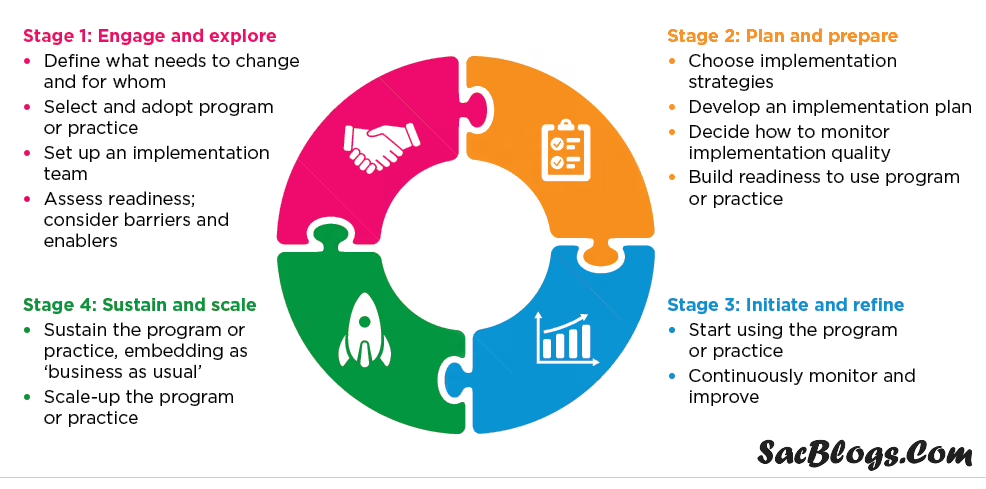
The Future of Solar Energy in Pakistan
Pakistan’s solar revolution shows no signs of slowing as we approach 2026. If anything, the transition is accelerating as cost declines continue, supply chains mature, and storage becomes standard on new deployments. The people-led nature of this transition, built on market forces rather than central planning, suggests strong underlying momentum that will continue to transform Pakistan’s energy landscape .
However, challenges remain. The rapid adoption of distributed solar has reduced grid demand, triggering what analysts describe as a potential utility death spiral . Electric companies, already plagued by transmission losses and endemic theft, now face collapsing revenues as high-paying consumers defect. Pakistan faces a paradox—a surplus of fossil-fuel plants with installed capacity of 46 GW under the China-Pakistan Economic Corridor partnership is now underutilized, but the U.S.-dollar denominated debt still must be repaid . As more high-paying consumers defect, revenues collapse and electricity rates go up due to fixed capacity payments to idle thermal plants, deepening circular debt.
Policy responses—such as potential reductions to net-metering programs and taxes on imported panels—are unlikely to reverse the solar trajectory . Instead, such measures may only further incentivize the purchase of batteries, accelerating the move toward off-grid systems . For Pakistan to fully harness the benefits of its solar boom while maintaining grid stability, the government will need to modernize regulations, incorporate smart grid technologies, and develop new business models for utilities.
Conclusion: Powering Pakistan’s Future with Solar Energy
Pakistan’s solar revolution represents one of the most striking people-led energy shifts in history. What began as a fragmented response to tariff hikes and unreliable supply has grown into a transformative movement that has expanded energy access at a pace unimaginable through conventional planning . As we look toward 2026, solar energy stands poised to become an even more dominant force in Pakistan’s energy landscape, driven by compelling economics and evolving technology.
For homeowners, businesses, and agricultural operations, solar solutions offer not just cost savings but something perhaps more valuable: energy sovereignty. The ability to generate and manage one’s own power represents a fundamental shift away from dependence on an unstable grid and volatile imported fuels. This transition has already begun to blur the structural divides between the grid-connected and the energy-poor, offering an incremental correction of historical legacies .
As Pakistan continues its solar journey, the solutions outlined in this article provide a roadmap for harnessing this transformative technology. Whether through basic rooftop systems, sophisticated commercial installations, or emerging technologies like storage and smart management, solar energy offers a path toward a more resilient, affordable, and sustainable energy future for all Pakistanis.
Read Also: Solar Power in Pakistan – How Sunshine is Revolutionizing the Nation’s Energy Future
FAQs About Solar Energy in Pakistan
1. What is the average cost of a residential solar system in Pakistan?
System costs vary based on capacity and components. A basic 3kW on-grid system may start around PKR 300,000, while a 5kW hybrid system with batteries can range from PKR 600,000 to PKR 900,000. Financing options are available through banks like Meezan Bank, with minimum financing of PKR 100,000 and maximum up to PKR 2,500,000 (PKR 3,000,000 for premium customers) .
2. How long does it take for a solar system to pay for itself?
Payback periods typically range from 3-6 years depending on system type and usage patterns. Basic on-grid systems often achieve quicker returns (3-4 years), while systems with battery storage may take 4-6 years. Commercial and industrial setups typically see payback periods of 4-6 years .
3. Can solar panels withstand Pakistan’s extreme weather conditions?
Yes, quality panels are designed to withstand harsh conditions, including high temperatures and hail. However, proper installation is crucial—damage during recent hailstorms and windstorms in Islamabad and Punjab primarily affected poorly installed systems .
4. What is net metering and how does it work in Pakistan?
Net metering allows you to sell excess solar electricity back to the grid, spinning your meter backward and earning credits. The percentage of consumers benefiting from net-metering policies in Pakistan rose from 57% in 2020 to 89% in 2024 .
5. Are batteries necessary for a solar system?
Batteries are optional but increasingly popular. They provide backup during grid outages and allow use of solar energy at night. Pakistan imported approximately 1.25 GWh of lithium-ion batteries in 2024 alongside solar panels .
6. What maintenance do solar systems require?
Solar systems need minimal maintenance: regular cleaning of panels, periodic inspection of connections, and monitoring system performance. Most quality components come with extensive warranties—typically 25 years for panels and 5-10 years for inverters.
7. How does solar impact property values in Pakistan?
While formal studies in Pakistan are limited, global data shows solar installations typically increase property values. In Pakistan’s context, properties with solar are increasingly attractive due to protection from rising electricity costs and power outages.
8. Can I power air conditioners with solar energy?
Yes, air conditioners can be powered by solar systems, but they require proper sizing due to their high energy consumption. A typical 1.5-ton AC requires approximately 1.5-2kW of solar panels with adequate battery storage for operation after sunset.
9. What happens during a grid outage with an on-grid system?
Standard on-grid systems automatically shut down during grid outages for safety reasons. Hybrid systems with battery storage can continue operating, powering essential loads from battery storage during outages.
10. Are there financing options available for solar installations?
Yes, several Pakistani banks offer solar financing. For example, Meezan Bank provides Shariah-compliant solar financing with tenures of 1-5 years, requiring minimum down payments of 15-30% depending on credit history and system type .
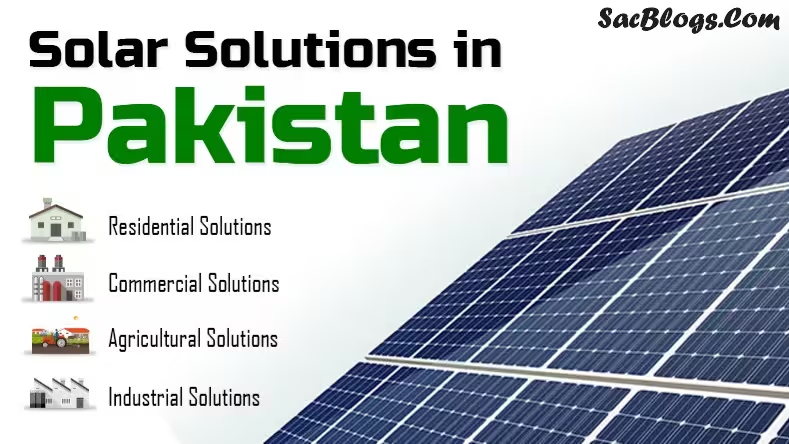

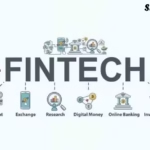
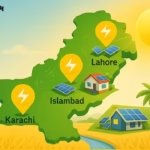
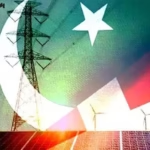
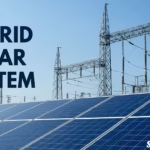
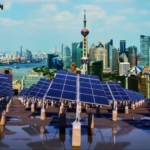
1 thought on “Top 10 Solar Energy Solutions for Homes and Businesses in Pakistan 2026”